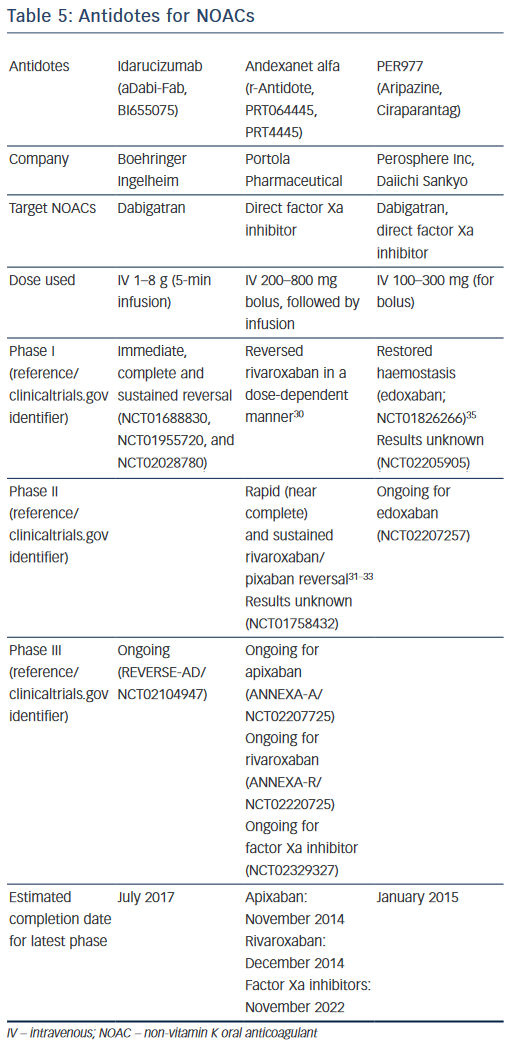
While it was initially marketed as a rodenticide, it has been used as a medication for more than a half-century. The high-risk group must be kept anticoagulated, and warfarin resistance avoided.Warfarin is a vitamin K antagonist used as an anticoagulant used for treatment and prevention of a variety of coagulopathic and thromboembolic disorders. Titrating intravenous vitamin K with doses of 0.5 to 2.0 mg when INR > 5 is appropriate to reduce INR without causing warfarin resistance. Patients not on warfarin therapeutically can be given 10 mg of vitamin K1 and repeat INRs as an outpatient.

All patients should have regular INR measurements (6-hourly) to catch rapid rises. Patients intentionally overdosing on warfarin can be classified into three groups based on preexisting indications for warfarin: nontherapeutic, moderate risk, and major risk for thromboembolic complications.

This patient did not require anticoagulation, and regular warfarin therapy was recommenced after 4 days. In a third patient serial INR, factor levels and warfarin concentrations were measured, and incremental doses of vitamin K (up to 7.5 mg) were given based on INR. Both required anticoagulation, and in one, warfarin resistance persisted for 2 weeks. Two patients received a single 10-mg dose of vitamin K.

The objective of this study was to describe warfarin overdoses and complications of treatment and develop a safe approach to management. Untreated patients have a significant bleeding risk, but treatment carries a significant risk of complete reversal of anticoagulation and consequent risk of thrombosis. The management of warfarin overdose is usually complicated by the patient using warfarin therapeutically, often for a mechanical heart valve or pulmonary embolus prophylaxis.

There are few reported cases of intentional overdose. Warfarin toxicity is common and usually results from dose changes or drug interactions.


 0 kommentar(er)
0 kommentar(er)
